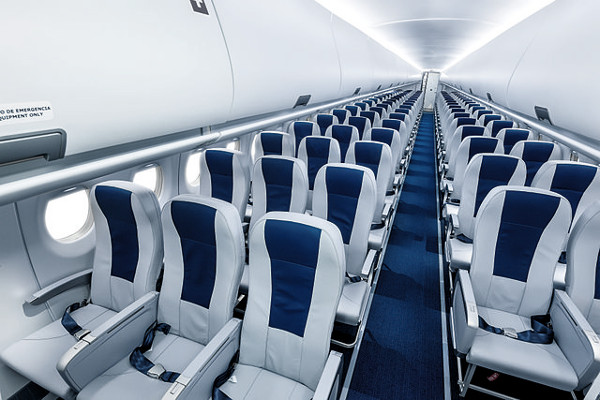
What’s the most effective strategy for loading an airplane? Most airlines tend to work from the back to the front, accepting first the passengers who will sit in high-numbered rows (say, rows 25-30), waiting for them to find their seats, and then accepting the next five rows, and so on. Both the airline and the passengers would be glad to know that this is the most effective strategy. Is it?
In 2005, computer scientist Eitan Bachmat of Ben-Gurion University decided to find out. He devised a model that considers parameters of the aircraft cabin, the boarding method, the passengers, and their behavior, and found that the most important variable is a combination of three parameters: the length of the aisle blocked by a standing passenger, multiplied by the number of seats in a row, divided by the distance between rows. If rows are 80 centimeters apart, there are six seats in a row, and a standing passenger and his hand luggage take up 40 centimeters of the aisle, then the passengers headed for a single row will block the aisle space of three rows while they’re waiting to reach their seats.
This quickly backs things up. Even if the airline admits only passengers with row numbers 25-30, half the aisle will be completely blocked and most passengers will have to wait until everyone in front of them has sat down before they reach their seats. The time it takes to fill the cabin grows in proportion to the number of passengers.
A better policy would be to call up the passengers in rows 30, 27, and 24; then those in 29, 26, and 23; and so on (perhaps using color-coded boarding passes). These combinations of passengers would not block one another in the aisles.
An even better policy, Bachmat found, would be to dispense with seat assignments altogether and let passengers board the plane and pick their seats as they please. “With this method, or lack of a method,” writes George Szpiro, “the time required to get people on board and into their seats would only be proportional to the square root of the number of passengers.”
(Eitan Bachmat et al., “Analysis of Airplane Boarding Times,” Operations Research 57:2 [2009]: 499-513 and George S. Szpiro, A Mathematical Medley, 2010. See All Aboard.)
